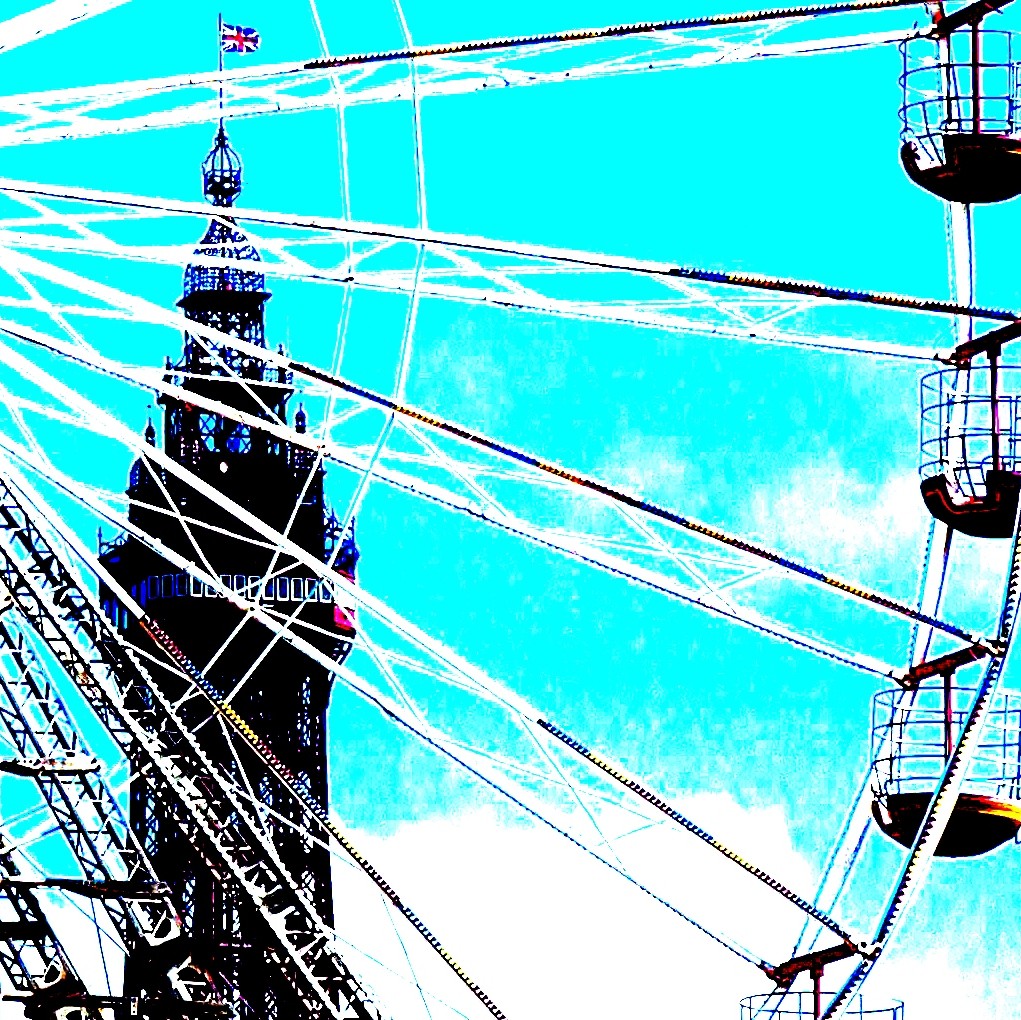Pinkfeet
It’s not just holiday makers that like to visit the Fylde Coast. Thousands of “pinkfeet” fly here for their winter holidays – all the way from Iceland and Greenland. The chattering as they fly over in skeins at night is goose-bump-making! They’ll hang around until April/May and return to the Arctic summer to breed, raise goslings – then do it all again.

Heron
Like a prehistoric creature flying across the Ribble estuary.

Redshank
Pretty, peep-peeping waders with their distinctive bright red legs. Often out on the estuary or in the saltmarsh searching for morsels.

Stonechat
Thanks Mrs Stonechat for hanging around long enough for a snapshot!

Mute Swan
Always majestic. This one had been preening for ages. I knew it would have a stretch if I waited long enough. Thanks Mr Swan! (Males have a more pronounced knobbly bit above their beak than females.)

Bird watching forecast
Good around these parts.












































